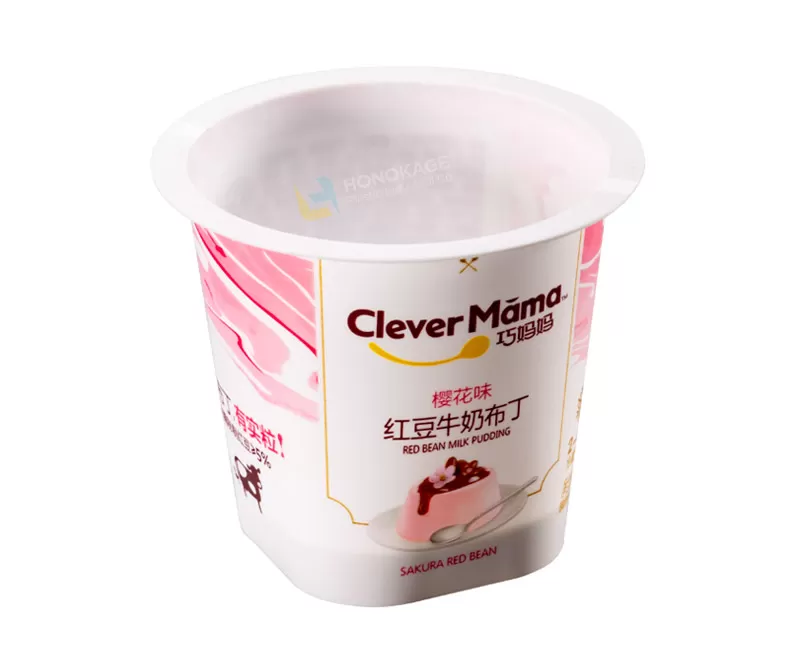Yogurt Packaging Containers: Why Material and Size Matters
Packaging plays a crucial role in preserving the freshness and quality of yogurt, as well as influencing consumers' purchasing decisions. The choice of material and size for yogurt packaging containers is significant for various reasons. In this discussion, we'll explore why material and size matter in yogurt packaging.
Material Matters:
Preservation of Freshness:
The material of Bulk yogurt packaging containers must be chosen to maintain the freshness and quality of the yogurt. Materials with good barrier properties, such as plastic or glass, help prevent the entry of air and moisture, preserving the taste and texture of the yogurt.
Protection from Light:
Light exposure can lead to the degradation of certain components in yogurt, affecting its flavor and nutritional value. Opaque or tinted packaging materials are often preferred to protect yogurt from harmful UV rays.
Durability and Safety:
The chosen packaging material should be durable enough to withstand handling during transportation and storage. Additionally, it must be safe for food contact, ensuring that no harmful substances leach into the yogurt.

Sustainability:
There is an increasing demand for sustainable yogurt packaging options. Materials that are recyclable, biodegradable, or made from recycled content are favored by environmentally conscious consumers. Manufacturers are exploring eco-friendly alternatives to traditional packaging materials.
Ease of Manufacturing:
The material should be suitable for the manufacturing process, whether it involves injection molding, thermoforming, or other methods. Cost-effective and efficient manufacturing processes contribute to the overall feasibility of the packaging.
Innovation and Differentiation:
Innovative materials, such as those with special coatings or smart packaging features, can help differentiate yogurt brands in a competitive market. Packaging that enhances convenience or offers unique functionalities can attract consumers.
Size Matters:
Portion Control:
Yogurt packaging comes in various sizes to cater to different consumer preferences. Smaller portion sizes are popular for on-the-go consumption and portion control, while larger sizes are suitable for families or bulk purchases.
Convenience:
The size of yogurt containers affects their convenience for consumers. Single-serving or snack-sized portions are convenient for individuals, while larger containers may be more suitable for sharing or family consumption.
Retail Shelf Space:
Different-sized containers impact how much shelf space a yogurt brand occupies in retail settings. Brands often offer a range of sizes to cater to diverse customer needs and maximize their presence on store shelves.
Reducing Food Waste:
Choosing the right size helps minimize food waste. Consumers may prefer smaller containers for individual servings to prevent unused portions from going to waste. Larger containers may be preferred for households to minimize the number of individual packages.
Storage Considerations:
Consumers consider storage space when purchasing yogurt. Smaller containers are easier to fit into crowded refrigerators, especially in homes with limited storage.
In conclusion, the material and size of yogurt packaging containers are critical factors that impact product quality, consumer preferences, and environmental considerations. Striking a balance between preserving freshness, convenience, sustainability, and market appeal is essential for successful yogurt packaging design. Manufacturers continue to explore new materials and packaging innovations to meet evolving consumer demands and industry trends.
478
0
0


Comments
All Comments (0)